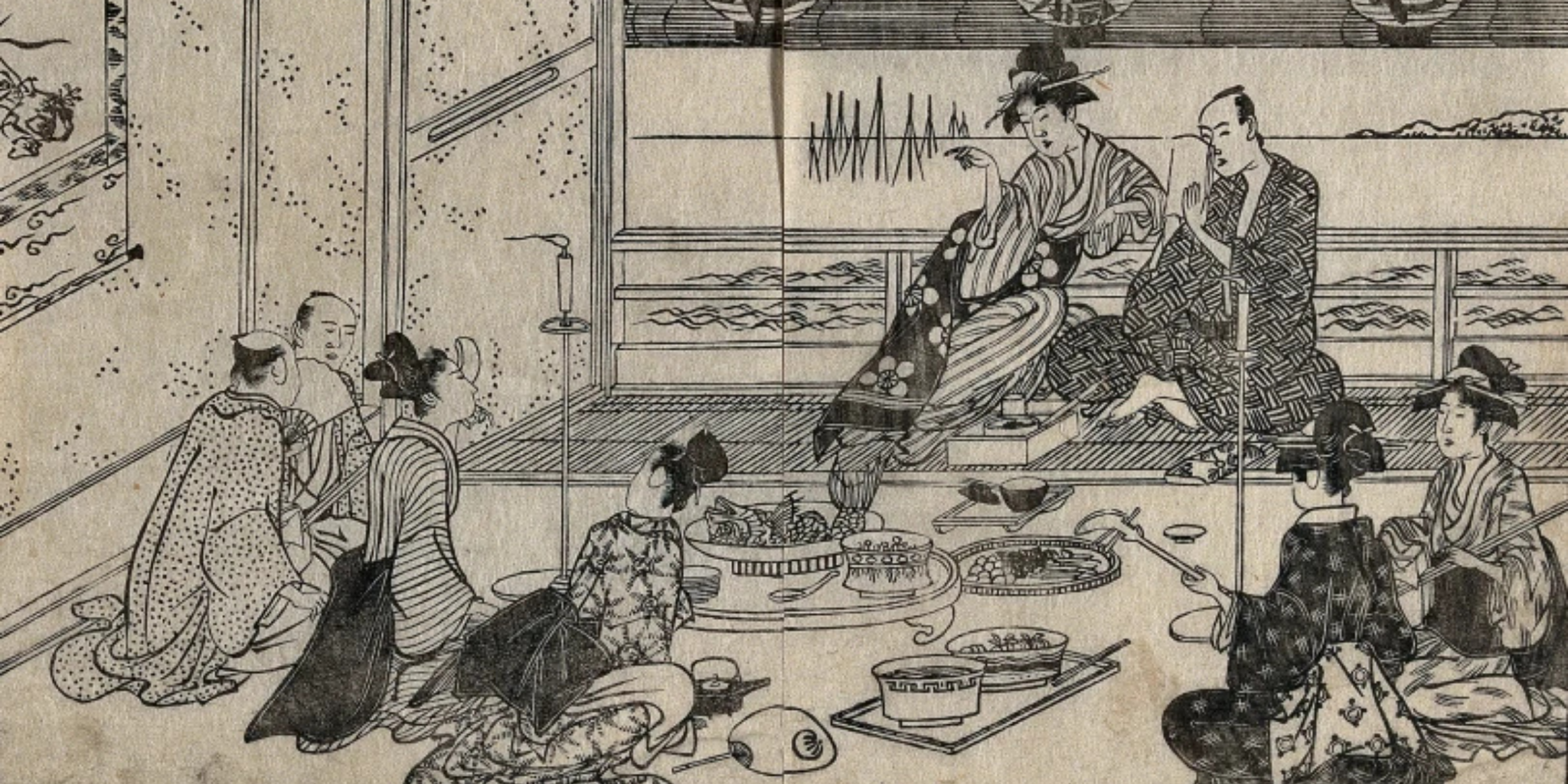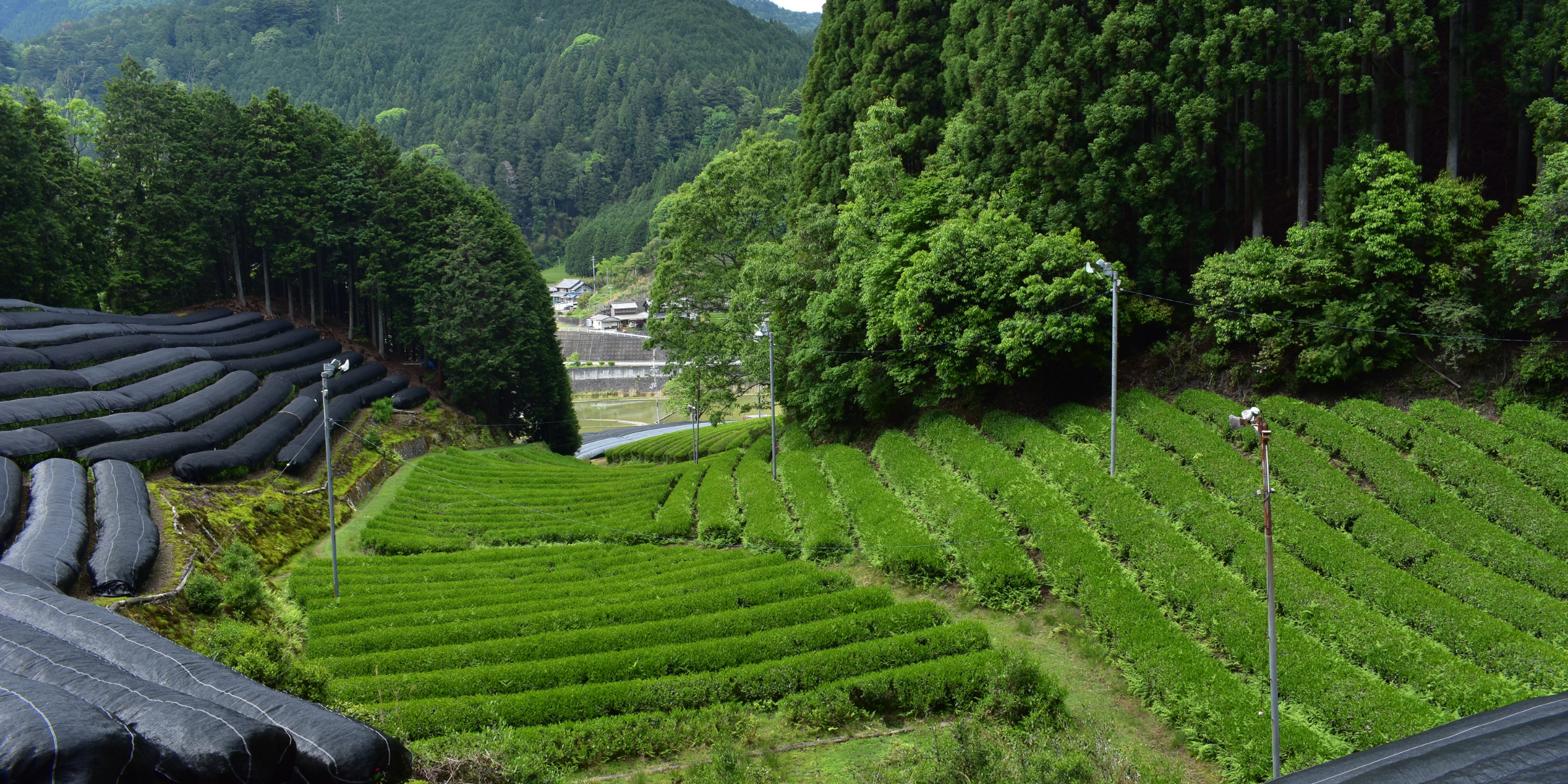
Japanese Tea History
Japanese tea first arrived from China over a thousand years ago, brought by Buddhist monks such as Saichō and Eisai. In its earliest form, powdered green tea - now known as Matcha - was consumed in monasteries as a meditation aid. It helped monks stay alert while maintaining calm during long hours of practice. For centuries, tea was rare and sacred, prepared in small amounts only for monks and the imperial court.
The Rise of Tea Culture
By the 15th and 16th centuries, tea spread outside of monasteries. Samurai and the cultural elite embraced tea as a way to express refinement and discipline. Out of this, the Japanese tea ceremony was born. Refined by Sen no Rikyū, the ceremony became more than a way to drink tea - it turned into a practice of harmony, respect, purity, and tranquility. Every movement, from scooping the powder to whisking and drinking, reflected values of simplicity and awareness.
Isolation and Innovation
During the Edo period, Japan was closed to the outside world. This isolation allowed the country to develop its own unique tea styles. Sencha - brewed from steamed whole leaves instead of powdered tea - was introduced in the 18th century and quickly became the most popular tea for daily life. Later harvests of the same plants produced bancha, a coarser but mild tea for everyday use. Other distinctive styles followed: genmaicha, a blend of green tea with roasted rice; and hojicha, a roasted tea with a toasty, low-caffeine profile.
The Export Era
In the 19th century, after Japan opened to global trade, tea became one of its first major export goods. By the late 1800s, almost 80% of Japanese tea production was shipped abroad, mostly to the United States. Sencha was the main variety exported, but there was also an effort to create black tea (wakoucha) for Western markets. After World War I, Japanese black tea briefly gained popularity, but by mid-20th century it was clear that Japan could not compete with large-scale producers like India or Sri Lanka. Domestic growers shifted back to green tea, focusing on quality rather than volume.
Tea Production in Japan
Japanese tea is distinct because of its production methods. After harvest, tea leaves are quickly steamed to stop oxidation. This steaming process - usually just 15–20 seconds - preserves the bright green color and fresh, grassy flavor. In some cases, as with fukamushi sencha, the leaves are steamed longer for a deeper taste. Shade-growing is another signature technique. Gyokuro and tencha (the base for matcha) are grown under shade for several weeks before harvest, which increases amino acids like theanine and creates a sweet, umami-rich taste. Hojicha, by contrast, is made by roasting the leaves, bringing out warm notes of caramel, wood, and coffee.
Tea regions are spread across Japan, each with its own character. Shizuoka produces the largest share of Japanese tea. Uji, near Kyoto, is famous for high-grade matcha and gyokuro. Kagoshima in the south benefits from volcanic soil and a warm climate, allowing for multiple harvests and diverse cultivars. Across all these regions, cultivation combines centuries-old knowledge with modern precision.
Tea in Daily Life
In Japan, tea is part of everyday culture. A cup of sencha is served to guests at home or to clients in business settings as a gesture of hospitality. Bottled green tea is found in every vending machine and convenience store. Powdered matcha is enjoyed not only in ceremonies but also in modern cafés, where it appears in lattes, cakes, and even ice cream. Families often drink hojicha in the evening because of its low caffeine, while genmaicha is a comforting choice with meals.
At the same time, the traditional tea ceremony remains a respected art form. It is still taught and practiced, emphasizing mindfulness, simplicity, and the appreciation of a shared moment. In this way, Japanese tea connects past and present - from ancient temples to modern kitchens.
Japanese Tea Exports Today
Even though Japan once exported most of its tea, today exports remain small - less than 10% of total production. Most tea is consumed domestically, where demand is strong and quality is carefully maintained. Outside Japan, authentic tea is seen as a premium product. Matcha now leads exports, accounting for almost half of the total value, as its popularity has grown in cafés and wellness markets worldwide. Sencha, gyokuro, and specialty teas make up the rest.
This limited export volume makes Japanese tea unique: it is still something special to find abroad. For tea lovers, a cup of gyokuro or ceremonial-grade matcha is not just a drink but a taste of Japan’s centuries-old dedication to craftsmanship and culture.


